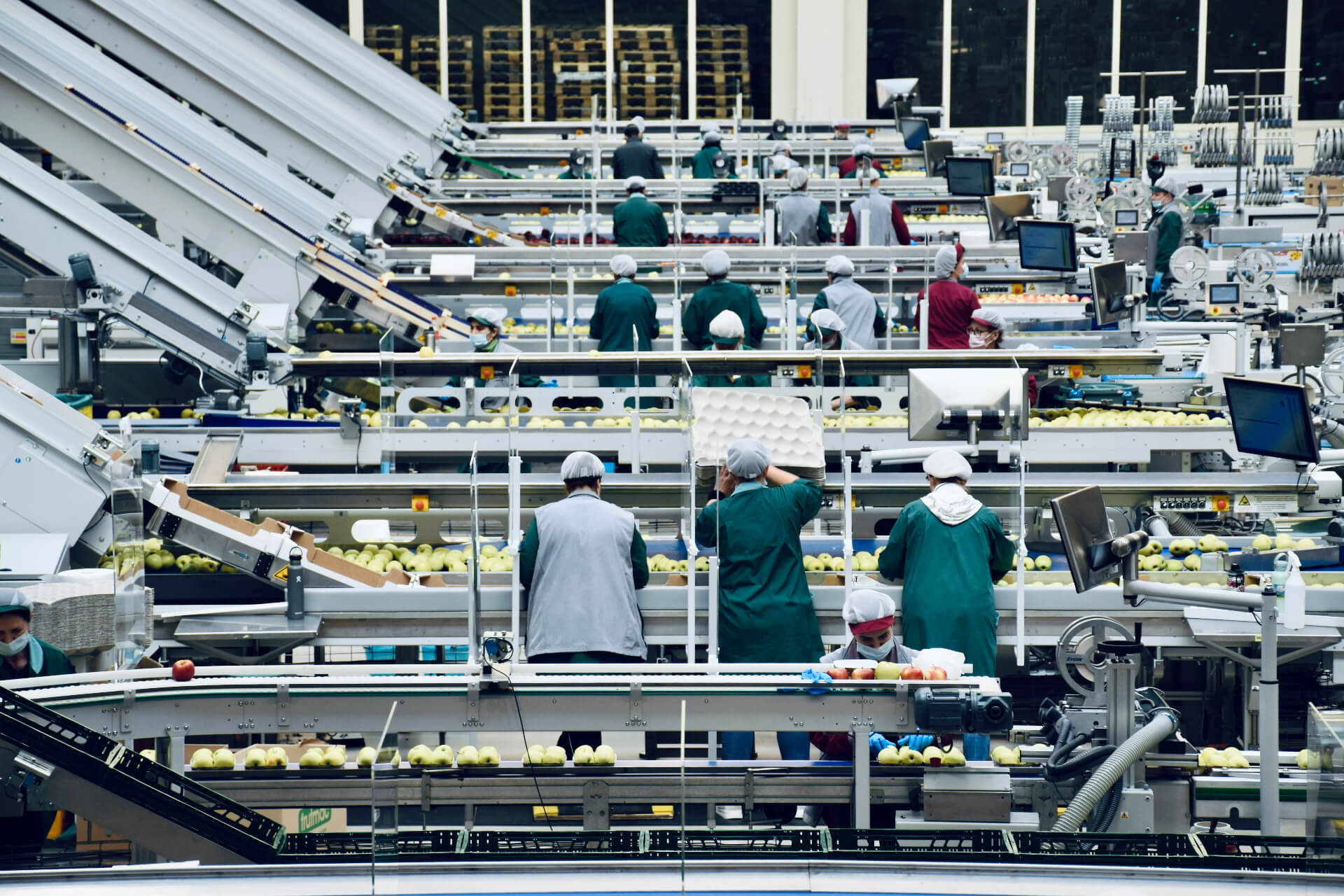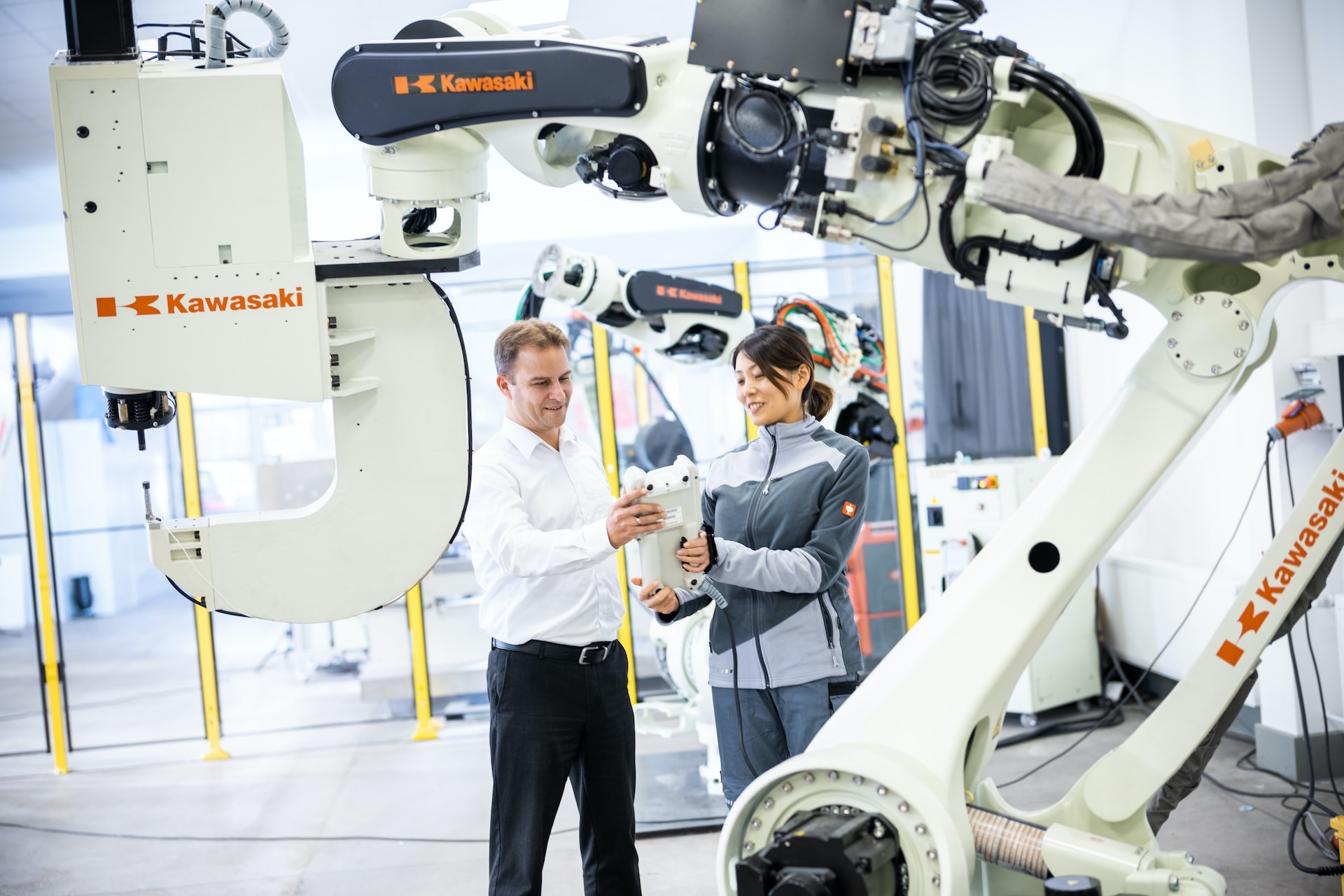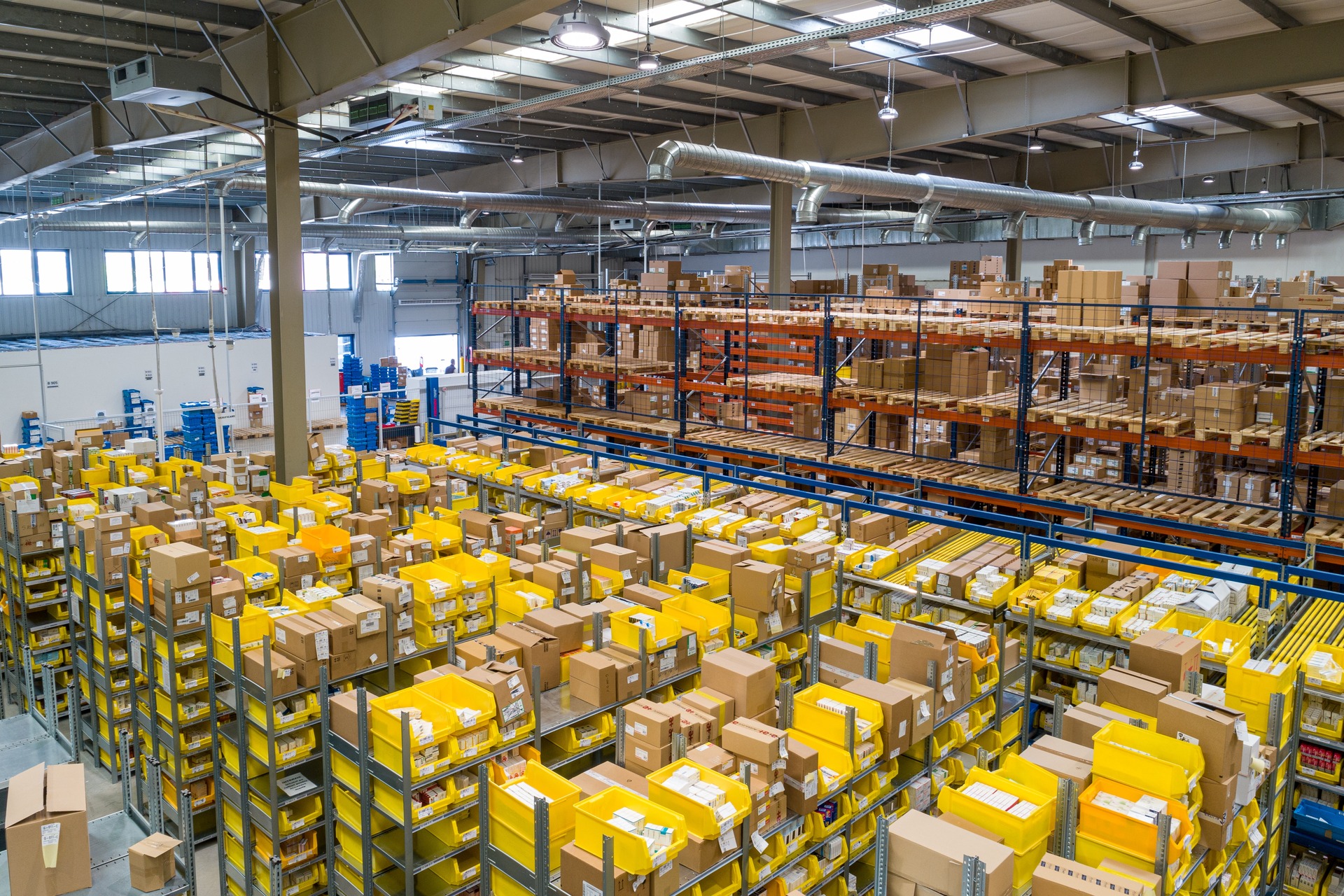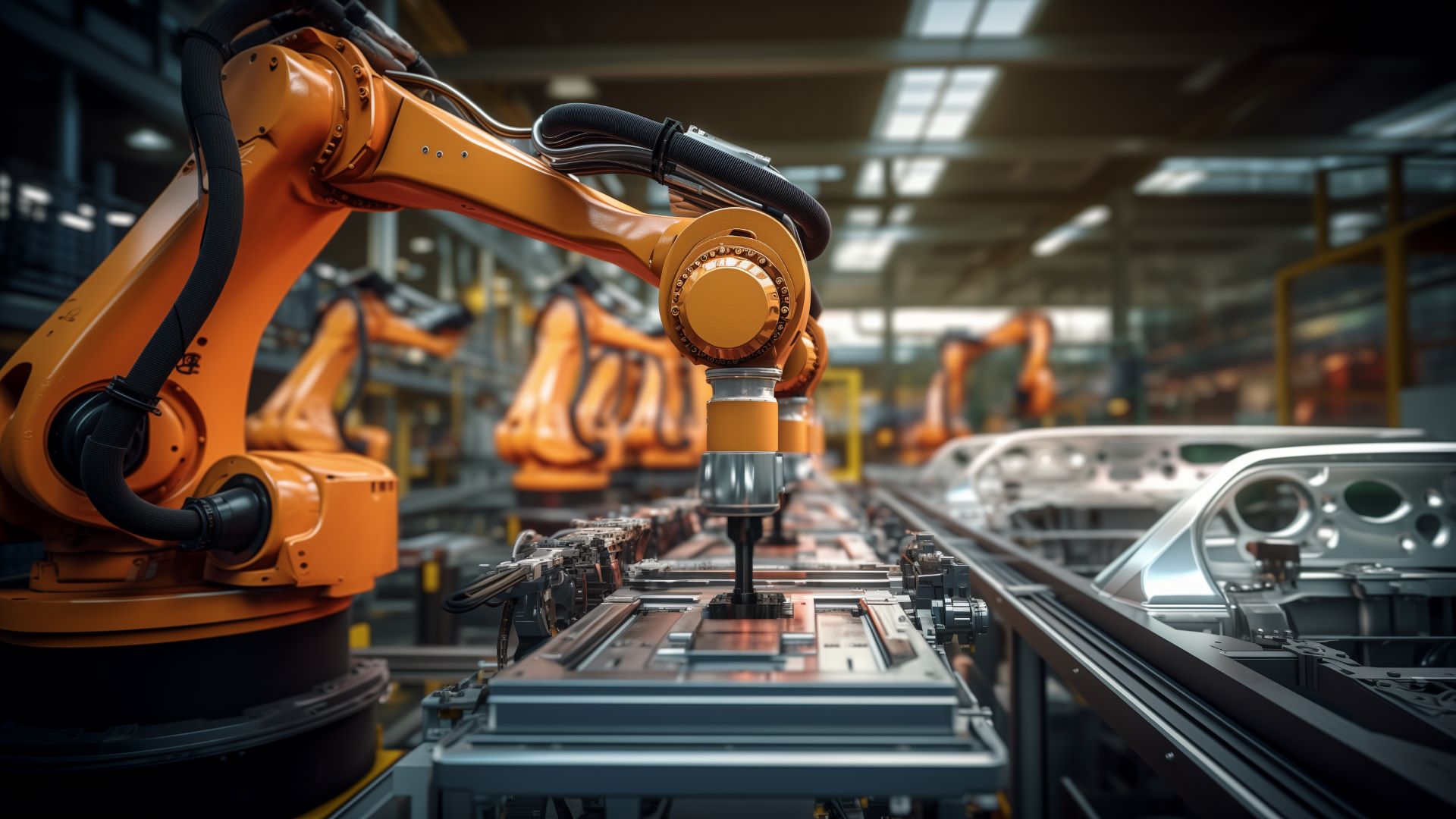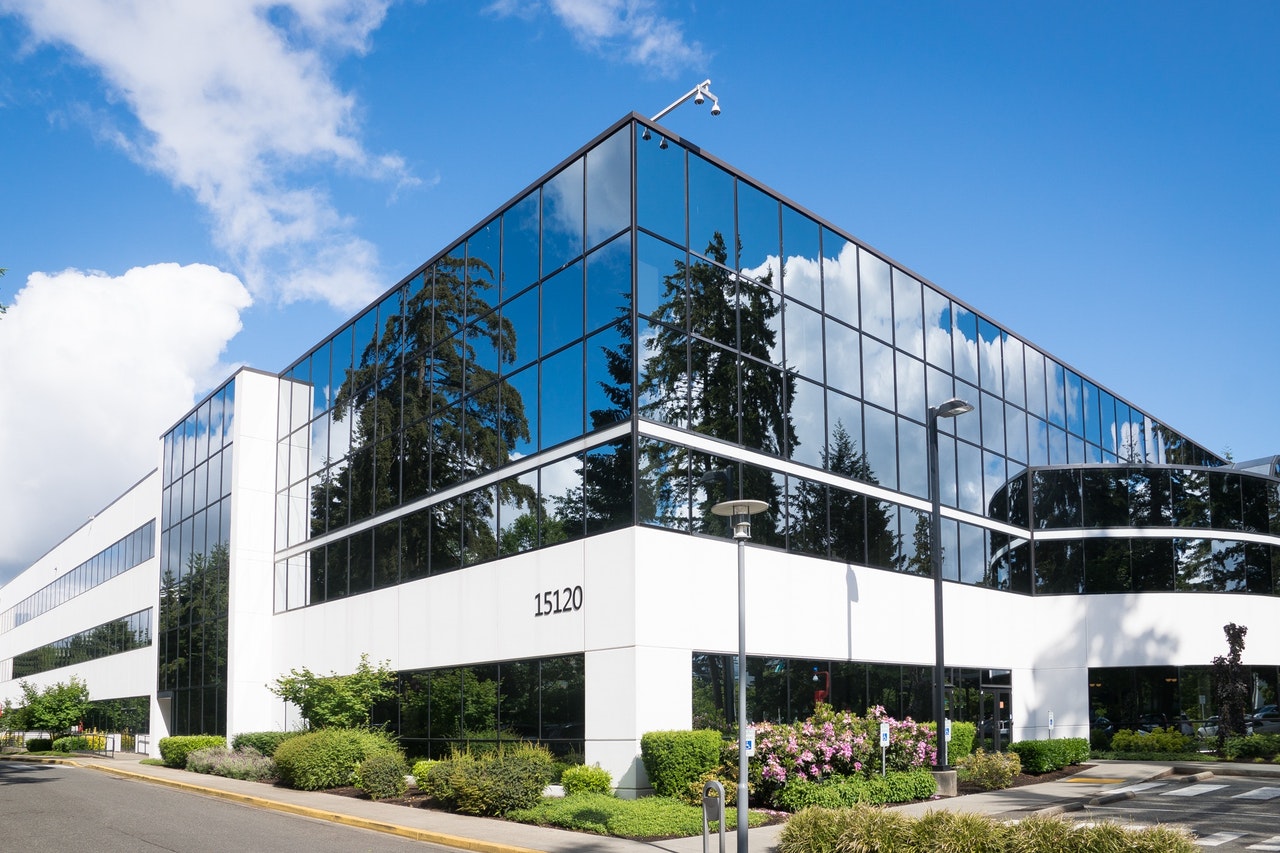
What is the Future of Facility Management?
February 8, 2022 - Emily Newton
Revolutionized is reader-supported. When you buy through links on our site, we may earn an affiliate commission. Learn more here.
The COVID-19 pandemic challenged many markets at different levels. Some closed their doors temporarily, others were unable to re-establish themselves,and several experienced the challenges of remote working. The latter was a major adversity for the maintenance and facility management sectors.
But that’s not all. The spread of a virus completely transformed the demands of managers, who had a real enemy to fight on a daily basis – and at a distance.
The changes we saw in 2020 were just the tip of the iceberg of a market that had been evolving for some time. Increasingly, people want instant feedback for their demands, with expectations always getting higher. As for buildings, they are more complex, especially regarding technology, sustainability and safety.
And all these changes beg the question: what is the future of facility management? Let’s reflect a bit on this.
Are We Already Living in the Future?
Look around you and think: how many tech gadgets do you use on a daily basis? Smartphones, smartwatches, tablets, new software and electric cars. You may not have all these items, but they’re likely not part of a distant reality either. And this leads us to believe that yes, we are already living in the future. But,are we using all the potential of technological advance to our advantage in facility management?
Room for Improvement
Statistics tell us that, perhaps, we are failing in the maintenance sector. According to CXP Group’s 2018 report, unplanned downtime and emergency maintenance are still a major pain point for 90% of European organizations’ maintenance processes. Aging IT infrastructure and technology are a problem for 88%, connecting modern assets and data analysis for 76% and asset data collection for 40% of organizations.
These figures indicate that even though the facility management sector is changing, maintenance does not seem to be keeping pace. For instance, 93% of companies consider their maintenance processes to be inefficient (CXP Group), and as much as 50% of preventive maintenance costs can be considered a “waste”.
In order to overcome these challenges, optimize their maintenance processes and reduce downtime, 46% of companies plan to introduce or change their maintenance strategy. Another 46% intend to upgrade their equipment, while 33% want to improve training and increase frequency. Then, 32% would like to expand monitoring capabilities, and 16% to implement automated analytics/ machine downtime (Advanced Technology, 2020)
But the biggest lever may lie in data intelligence, connectivity and operational control.
The Role of the Internet of Things
The Internet of Things, or IoT, brings outstanding connectivity to building systems. It allows for interaction of equipment with one another and with other systems. It also boosts data collection related to many things, such as:
- assets
- climate control systems
- security
- lighting
- equipment
- inventory
Data collected via IoT sensors is then processed and transformed into intelligent insights and task automation via Artificial Intelligence (AI). Then, operational teams can analyze patterns and failure modes of assets over their lifetimes. Doing that improves predictability, reliability and, ultimately, cost control.
These technologies, however, cannot work in isolation. There must be a central engine making everything work together, right? This is where operational control comes in.
Managing These Technologies Effectively
When faced with all this technology, it’s easy to feel worried or overwhelmed about its implementation and management. After all, it will generate huge volumes of raw data that needs to be processed and transformed into concrete actions. How does that work?
Most IoT devices need a connection to a central system to operate correctly and strategically – ideally, this system gathers all collected data and integrates it with any range of tools necessary to the specific operation, be it Business Intelligence, CMMS, Project Management, ERP, CRM, Billing, and others.
Integration is key. It’s what separates businesses that generate loads of data and take little advantage from it (let’s face it, most businesses and technical operations teams are still in this category), and those that transform data into strategic actions and automation. And in this sense, having a global perspective and integrating maintenance and facility management departments with other parts of the business, is fundamental.
Enter Intelligent Maintenance Management Platforms (IMMP)
An Intelligent Maintenance Management Platform, or IMMP, is the latest solution to provide this connectivity and intelligent operational control.
Emerged in the midst of Industry 4.0 (or, more specifically, Maintenance 4.0), this platform category brings a new level of connectivity, flexibility and intelligence to maintenance and facilities management through IoT, AI and integration.
By combining customized sets of native applications, integrating any type of software and connecting hardware such as smartphones, NFC and IoT sensors, equipment data collection is enhanced and centralized in a single, central management platform. Through Artificial Intelligence, the IMMP then transforms collected data into actions such as alerts, intelligent suggestions and task automation.
Picture, for instance, a sensor measuring the output of a given machine via an IoT sensor, the IMMP noting that it’s out of the expected range and automatically creating a work order, assigning it to the nearest technician and instantly notifying them and the maintenance manager through a mobile application.
So, what is the difference between an IMMP and a CMMS?
For a long time, CMMS (Computerized Maintenance Management Systems) have been the go-to solution for maintenance and facilities management, as they offered efficient storage (in the cloud, no less!) and centralization of information, asset history, work orders, preventive maintenance management, and more.
However, at the end of the day, the CMMS is no more than a system of records. It collects and stores data, but doesn’t actually process it to add value to the operation. It doesn’t offer the connectivity and the intelligence required for today’s increasingly complex infrastructures, highly expectations from building users, and strict safety standards and regulations.
An Intelligent Maintenance Management Platform, on the other hand, is a system of intelligence. Data collected is processed by the platform itself and transformed into real actions through AI. Not only that, but an IMMP acts as more than a static software – it’s effectively a platform where all of your technical operations software and hardware can be connected and communicate with one another.
Expectedly, this increased intelligence, connectivity and flexibility comes at a price. A more advanced system implies a bigger investment from the get-go, and an IMMP might be too big of a step for many businesses (especially those with smaller infrastructures and operational teams).
In any case, what you should never forget is: the increased functionality of this kind of platform means more centralization, better performance, better data and, ultimately, less money spent in the long run.
This guest article was submitted by Pedro Machado.Revolutionized is reader-supported. When you buy through links on our site, we may earn an affiliate commission. Learn more here.
Author
Emily Newton
Emily Newton is a technology and industrial journalist and the Editor in Chief of Revolutionized. She manages the sites publishing schedule, SEO optimization and content strategy. Emily enjoys writing and researching articles about how technology is changing every industry. When she isn't working, Emily enjoys playing video games or curling up with a good book.
